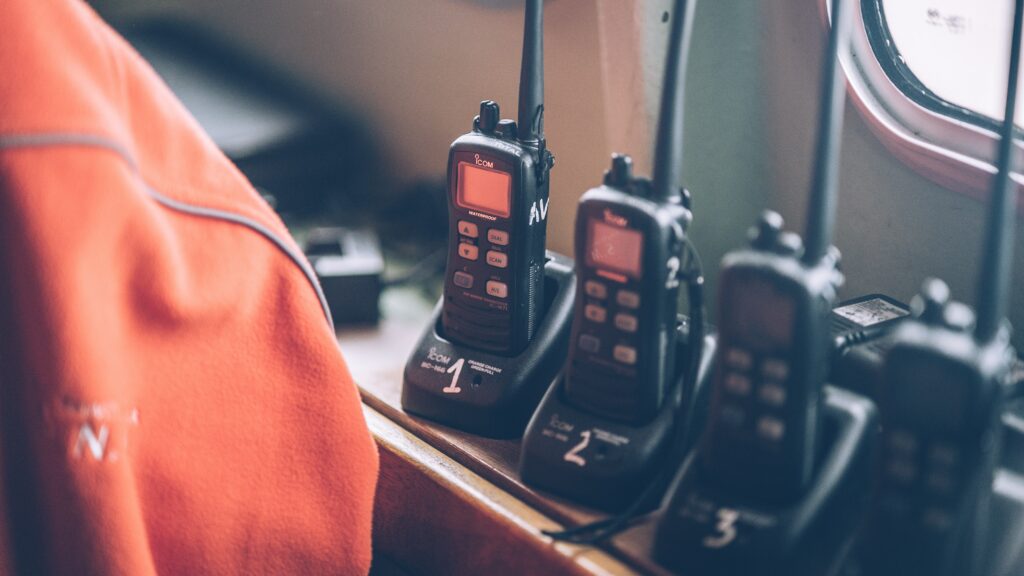Last updated on August 3rd, 2023 at 10:54 am
Digital Two Way Radios are the way forward for a vast number of industries and workplaces; and are now rapidly replacing their analogue predecessors.
Analogue two-way radios were introduced to the workplace in the early 1930s with their original limit contained within a small area.
Over the decades improvements have been made to analogue radios, however the next natural step in evolution in radio technology has been digitisation.
Table of Contents
What are the benefits of digital two-way radios vs analogue two way radios?
Security
The absolute number one benefit is the security benefit. With digital two-way radio the signal can be encrypted, meaning it is virtually impossible for third parties to listen to your conversations. With analogue comms, anyone with a scanner could eavesdrop your conversation.
Clear Audio Quality
Digital radios will provide a much clearer voice quality than analogue due to the digitisation of your voice in the local radio being packaged and transmitted. So long as there’s no packet loss (possible at extreme ranges), then there’s no loss in voice quality. Modern Radios also have built-in noise-cancelling features that limit background noise such as static; and error correction for those moments of signal flutter, making the your conversations much clearer.
Longer Range
Digital radios range can provide up to 40% more coverage than analogue radio systems, offering clear voice quality at a longer distance due to resistance to interference from other signals; something analogue systems cannot deliver.
Battery Life
Digital two-way radios have a much longer battery life than their analogue counterparts; some reaching over twenty-four hours before needing to be charged.
Better Features
Some of the features found with new modern two way radios include a man-down signal to alert the base if you’re injured, push-to-talk identification which acts as a Caller ID for radio users, GPS tracking features to help tracking and mapping and options of both individual calling and group calling.
Backwards Compatablity
Most digital radios can step back and operate using the legacy analogue mode.
Do I need a licence to use digital Two-Way Radios?
In short, no.
PMR446 Digital radios
You can purchase licence free, digital PMR446 radios which work on the same principle as their analogue counterparts, however there is some set-up to pair radios together to establish an encrypted connection before use.
Long range licenced two-way radios
If you have a need for longer range, or already have an Ofcom Radio Licence for your area, then you can purchase higher powered digital licenced two-way radios for your business.

